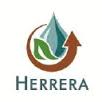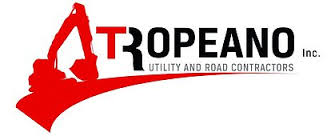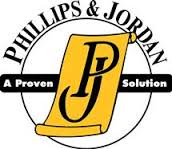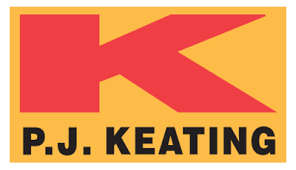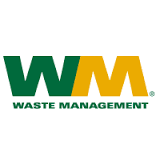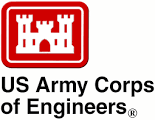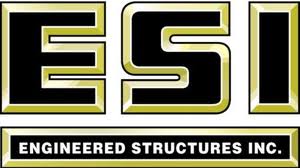News
EPA Finalizes Cleanup Plan for Lehigh Valley Railroad Derailment Superfund Site in Genesee County, New York
Oct 02, 2023
NEW YORK – The U.S. Environmental Protection Agency (EPA) has finalized its cleanup plan to address contaminated groundwater, soil, bedrock, soil vapor and surface water at the Lehigh Valley Railroad Derailment site located in LeRoy, New York. EPA held a public meeting on August 29, 2023, to explain the proposed plan to the community and take comments. The finalized plan, released today, addresses the remaining contamination from the historic train accident that spilled trichloroethylene (TCE) onto the ground and caused the groundwater contamination.
“We handled the most immediate threats by working with the state to remove contamination and connect people to a safe source of drinking water,” said Regional Administrator Lisa F. Garcia. “This final cleanup plan addresses the last of the contaminated legacy of this derailment and turns the page to the final chapter of our work at this site.”
The site includes the location of a former train derailment that occurred on December 6, 1970, at the Gulf Road crossing in the Town of LeRoy. Two tank cars ruptured and spilled approximately 30,000 gallons of TCE onto the ground. A third car containing a crystalline form of cyanide was also reported to have partially spilled. The cyanide was recovered shortly after the derailment, however the TCE was flushed with water, and it seeped into the ground, resulting in a 4-mile-long plume of TCE contamination. EPA placed the site on the Superfund List in 1999 and has been addressing the site in several stages, including an early removal response, as well as remedial actions known as operable units (OUs), where EPA worked with the state on a waterline and oversaw vapor mitigation work in affected homes and a soil cleanup in the spill area.
The finalized cleanup plan, called a Record of Decision, will address the groundwater, bedrock, soil, soil vapor, and surface water. For the groundwater contamination, EPA has determined that no existing treatment methods can clean up the groundwater to meet necessary standards. Therefore, EPA’s final remedy includes monitoring the groundwater and limiting the use of the groundwater to protect people’s health over the long-term.
The finalized cleanup plan also includes:
-- removing remaining contaminated soil and disposing of it off-site at a permitted disposal facility, followed by backfilling with clean fill.
-- treating (in place) of contaminated surface water with streambed cover, restrictions, and monitoring.
-- monitoring groundwater, surface water, soil vapor and indoor air to check the levels of contaminants.
-- maintaining and installing vapor mitigation systems for properties that are affected by soil vapor intrusion from the groundwater plume. These systems prevent harmful vapors from entering indoor spaces.
-- connecting new homes built over the groundwater plume to the public water supply system or providing point-of-entry treatment systems if connection to the municipal system is not feasible. Existing homes over the plume were connected to the public water system in 2003.
-- restricting the use of groundwater using controls such as easements in the spill area and informing the public via notices of the contaminated groundwater and soil vapor.
For additional background and to see the Record of Decision, visit the Lehigh Valley Railroad Derailment Superfund site profile page.
# # #





